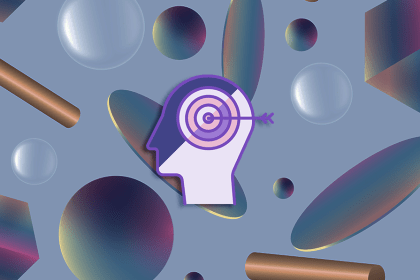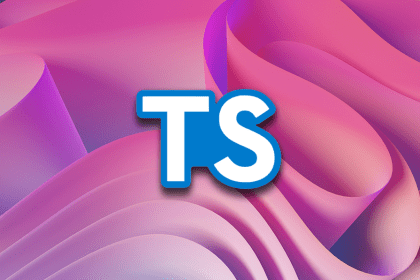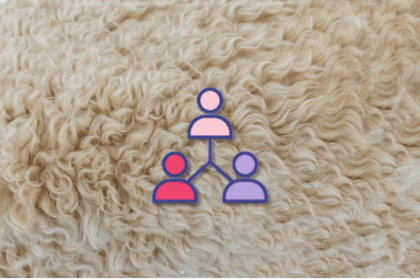
Sapna Gulati discusses how GenAI is changing the game for product managers to focus more on strategic innovation and competitiveness.

Open-ended questions are queries that go beyond receiving a simple “yes” or “no” answer by requiring respondents to expand on their answers.

In the realm of UX, information architecture is instrumental in shaping users’ digital interactions. Stay current with the latest trends here.

Critical thinking is a disciplined way of understanding, applying, and evaluating information from various sources to make informed judgments.

Are product managers in 2024 using the same software, websites, and programs to manage their needs? Are favorites such as Miro still relevant?

Dealing with state management in TypeScript provides benefits like type safety, code formatting, and error management.

Leveraging strong intrapersonal communication will elevate your personal growth and help you grow into the product leader you want to be.

Let’s explore webpack, its history, and how it works to help you decide if it’s the right tool to adopt for your next JavaScript project.

The Delphi technique is a systematic method for decision-making used to gather opinions from a group of experts.

You’ve likely spent plenty of time in Figma, but Framer has been growing in popularity. Explore how they differ and when to use them.

A decision-making process is a methodology used for making decisions efficiently. It’s especially useful when you don’t know where to start.

Emily Christner, Chief Product Officer at Trusted Media Brands, talks about the challenge of distinguishing between AI- and human-generated content and the global need for legal and ethical governance, particularly in industries like healthcare, criminal justice, and news.